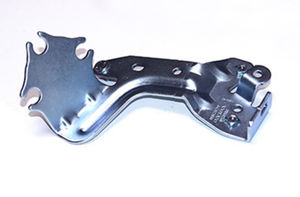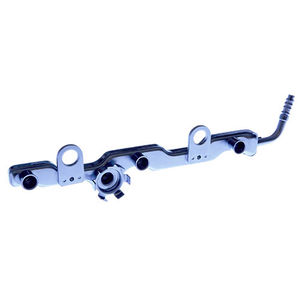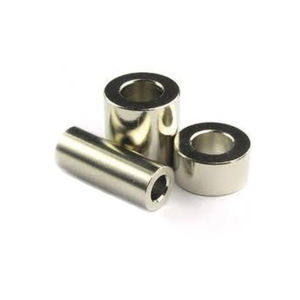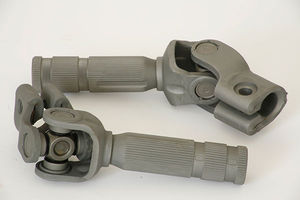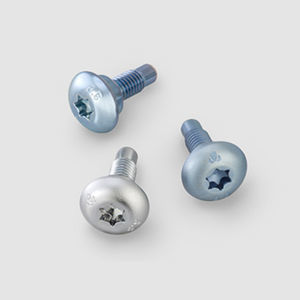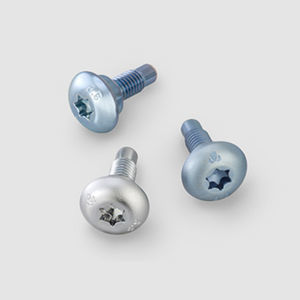
- Products
- Zinc cataphoresis
- GONZALEZ HERMANOS SA
Zinc cataphoresis nickelprototypingISO 9001
Add to favorites
Compare this product
Characteristics
- Substrate
- zinc, nickel
- Production method
- prototyping
- Certifications
- ISO 9001, ISO/TS 16949
- Applications
- automotive
Description
Passivations are processes that make electrolytically deposited metal surfaces have a greater corrosion resistance through protective coatings on the basis of CR III through a non-electrolytic immersion chemical process.
This protective layer of inorganic nature provides a passivation of thickness in manometric values, which is why it does not interfere in the tolerance deviations of the workpiece and is totally free of Cr VI.
The various passivation methods vary based on the protection against corrosion and the required visual and aesthetic aspect.
Passivations are improved often by adding a Sealant and Top Coat.
These final layers of an organic nature mineral ensure not only greater protection against corrosion, but also a more consistent appearance of the surface.
There are different types of passivations for each type of finish, all of them free of Cr VI:
-Transparent passivations for Zn and Zn/Ni finishes
-Bluish passivations for Zn and Zn/Ni finishes
-Passivations of a thick layer of iridescent appearance for Zn finishes, with better corrosion protection than transparent or bluish ones, providing a thicker layer of film (200 – 500 nm)
-Intense black passivations both in Zn and Zn/Ni finishes
These passivation layers also provide improved adhesion and adherence properties regarding the metal of the electrolytic coating that are suitable for any type of finish, either powder paint, kataphoresis, organic and lamellar coatings, application of rubber, etc.
Catalogs
No catalogs are available for this product.
See all of GONZALEZ HERMANOS SA‘s catalogs*Prices are pre-tax. They exclude delivery charges and customs duties and do not include additional charges for installation or activation options. Prices are indicative only and may vary by country, with changes to the cost of raw materials and exchange rates.


